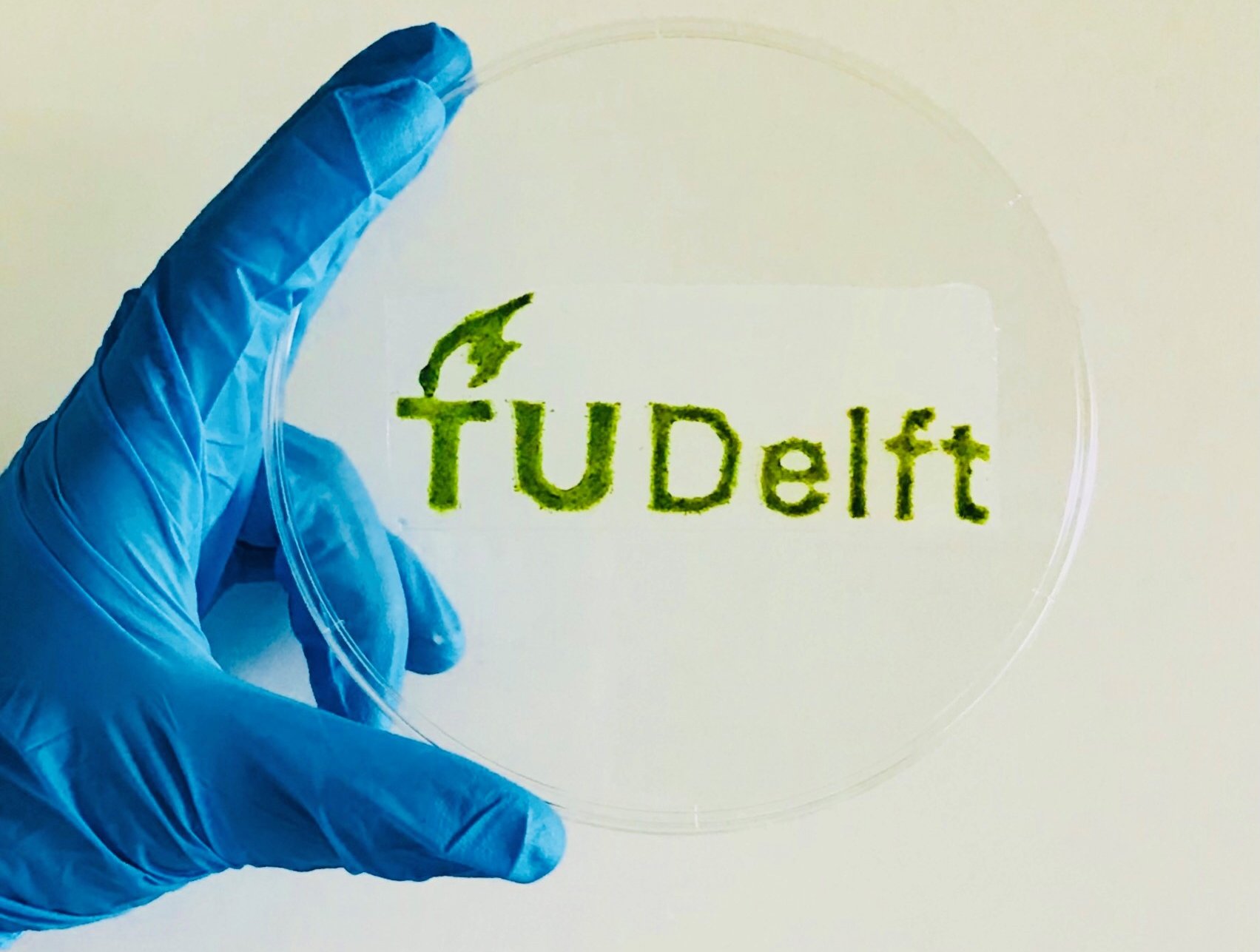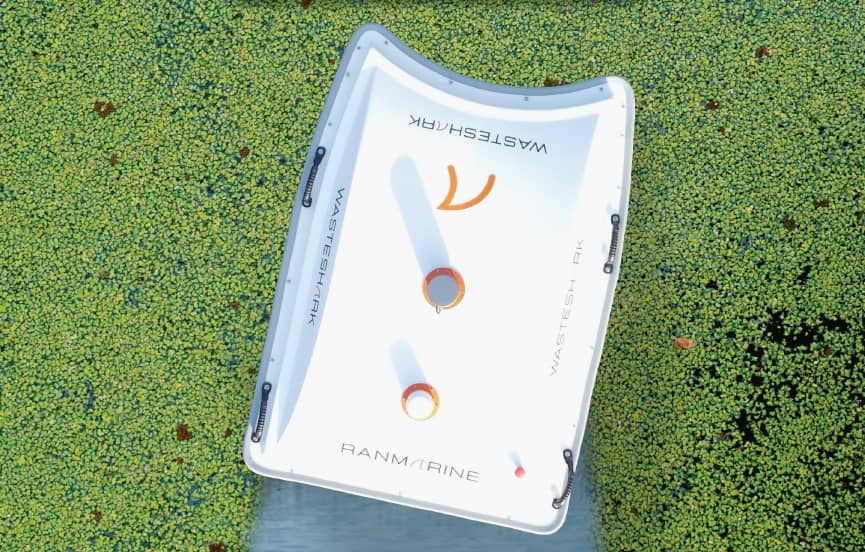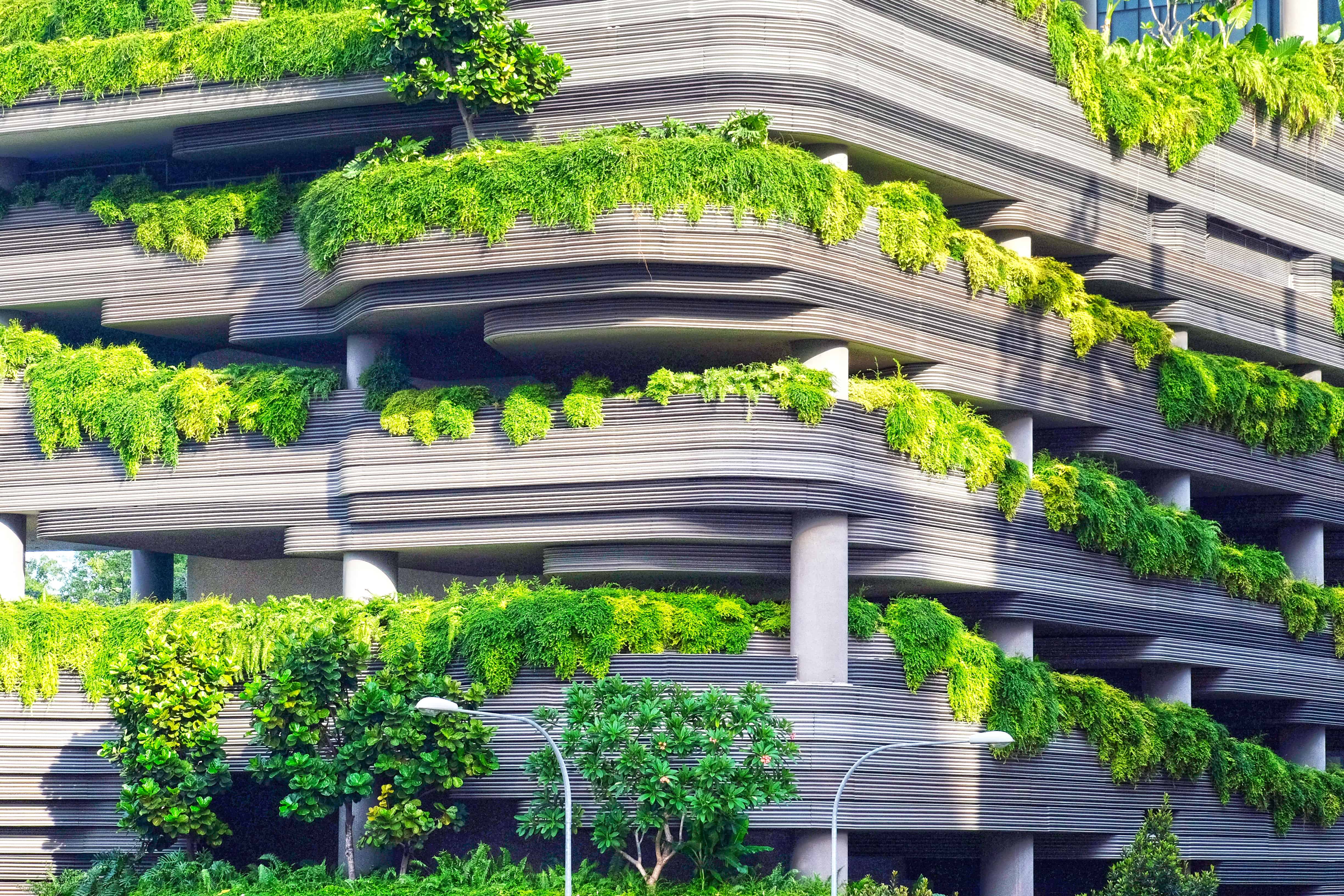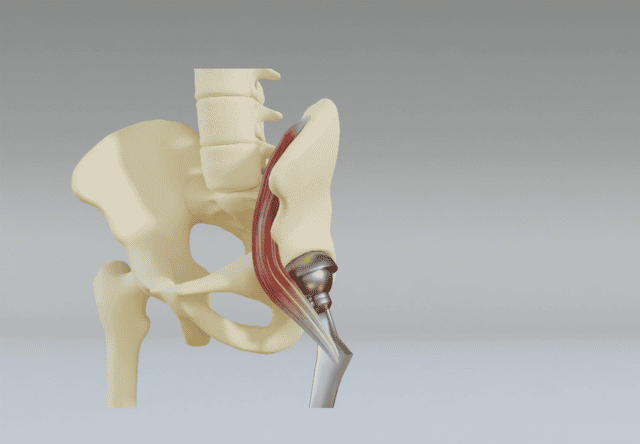
An international research team led by the Delft University of Technology (the Netherlands) has used 3D printers to turn algae into a living and environmentally friendly material. This new material has multiple potential uses. One of the most promising applications is in the form of artificial leaves.
According to TU Delft, these are materials that mimic real leaves. “They use sunlight to convert water and carbon dioxide into oxygen and energy, just like leaves do during photosynthesis,” the university stated in a press release.

PhD student Kui Yu says that the artificial leaves make it possible to produce renewable energy. Yes is especially beneficial in places where plants don’t grow well, such as in future space colonies. “We have created a material that produces energy as soon as it is exposed to light. The biodegradable nature of the material itself and the recyclable nature of microalgal cells make it a sustainable living material”
Photosynthesis
The living cells in the materials can also pick up on signals in the environment and respond to them. This may eventually lead to a new category of photosynthetic and responsive living materials, as Elvin Karana of the Faculty of Industrial Design explains.
Karana: “What if our everyday products were alive: could sense, grow, adapt, and eventually die? This unique collaborative project shows that this question is beyond the realm of speculative design. We hope our article will spark new conversations between design and science communities and inspire new directions for an investigation into future photosynthetic living materials.”
The full study can be read in the journal Advanced Functional Materials.

How does it work?
TU Delft took bacterial cellulose as the basic material in order to make the artificial leaves. This is a non-living organic compound that is produced and secreted by bacteria.
This bacterial cellulose produces a material with a number of unique mechanical properties, such as flexibility, strength and the ability to retain its shape even when twisted, crushed or deformed in some other way.
The research team then used a 3D printer to apply live algae to the bacterial cellulose. When you do this, you could compare the bacterial cellulose to paper in a printer, while the living algae act as the ink, as TU Delft describes it.
The combination of living microalgae and non-living bacterial cellulose creates substances that have the photosynthetic quality of the algae and the robustness of the bacterial cellulose. The material is both strong and durable, while at the same time environmentally friendly, biodegradable, and easy to scale up.
The plant-like nature of the material allows it to “feed” itself for weeks by means of photosynthesis. What’s more, it can also self-regenerate. A small sample of the material can be grown into something bigger within a short period of time.
What else can you do with microalgae? Read more about it in our archive.







